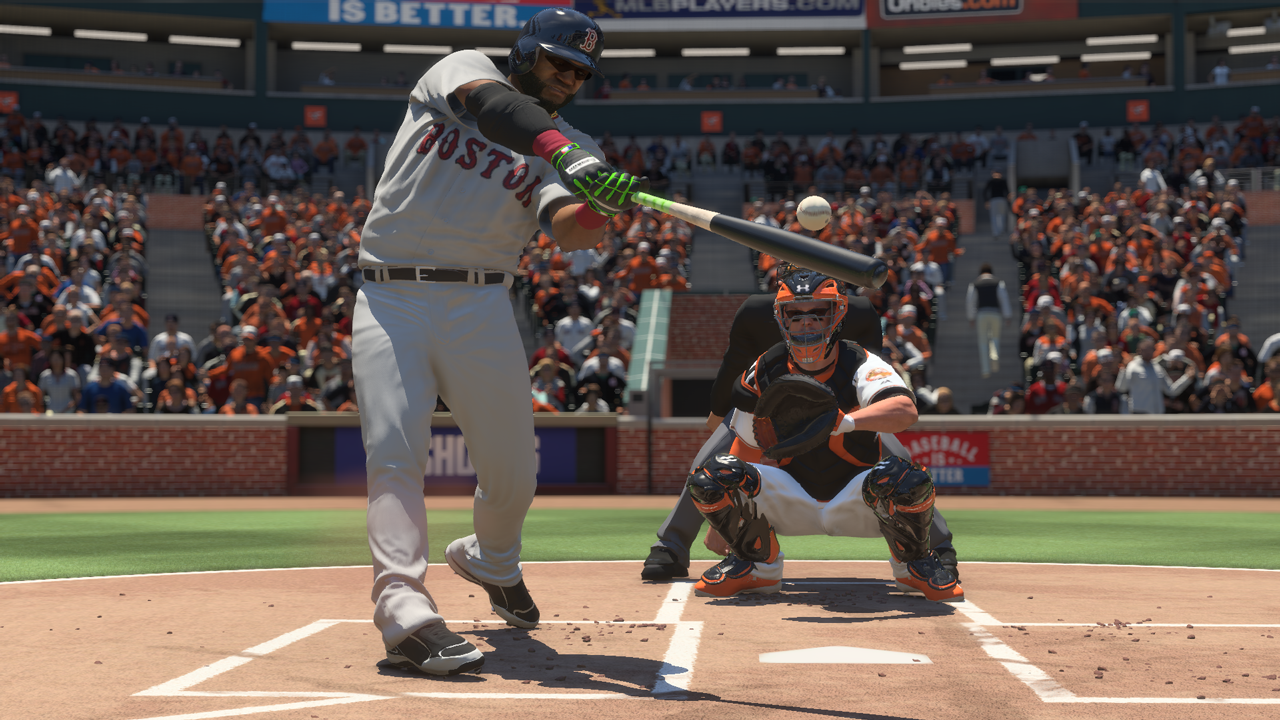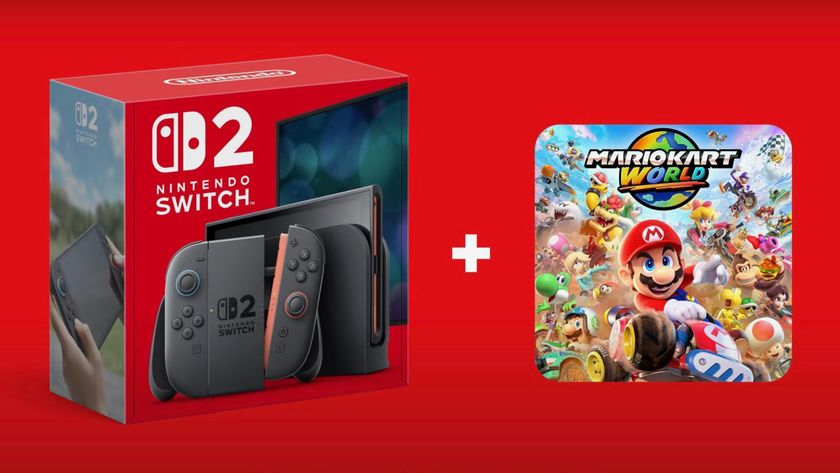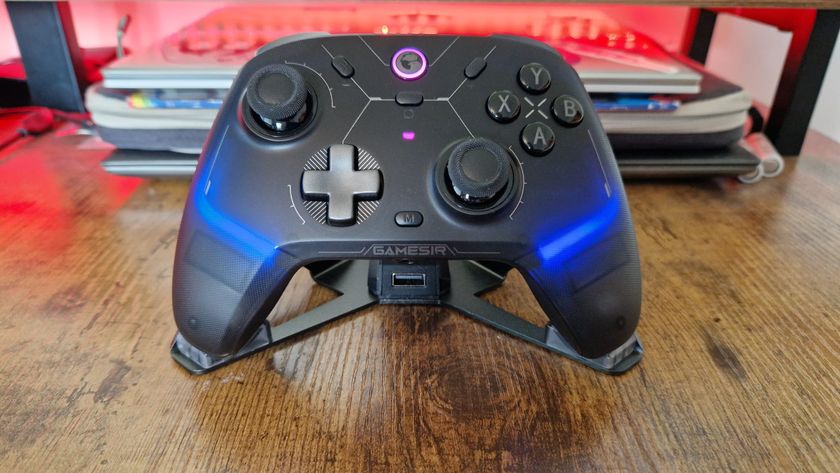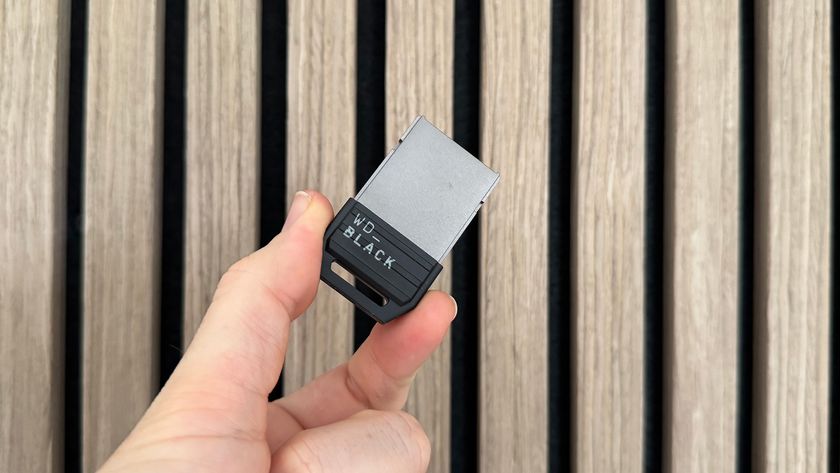12DOVE Verdict
PS4’s biggest sports exclusive delivers a moonshot home run, thanks to perfectly balanced fundamentals, astonishingly lifelike presentation, and little details that few rivals – past or present – have come close to getting right.
Pros
- +
Faultless TV-style presentation
- +
Immediate game-wide accessibility
- +
Outstanding pitching engine
- +
Daily roster updates
Cons
- -
Almost too much to do
- -
The new scouting system rules
- -
but requires some homework
Why you can trust 12DOVE
Most sports games build their highest highs around the act of scoring points. In FIFA, there’s no better feeling than walloping one in the top corner from 30 yards. In Madden, a touchdown heave from the 50-yard line peaks all other achievements. And there are few moments anywhere in gaming as fulfilling as a go-ahead three-pointer late in an NBA 2K match. Yet MLB The Show dares to be different. Here, thanks to an incredibly nuanced pitching engine, it’s protecting your score that provides the greatest satisfaction.
Before throwing the ball, a batter’s hot and cold zones are illustrated by red and blue squares within the strike zone. A glove symbol shows where your catcher recommends aiming the ball, and by using a face or shoulder button you select the pitch type from your player’s repertoire. Then a golf-game-style meter dictates what happens next – sort of. Press first to pull your man’s arm back, press again to dictate power, press a third and final time to decide accuracy and release the ball.
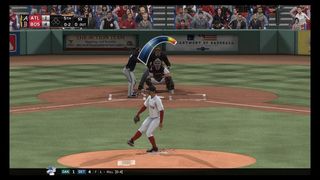
I say ‘sort of’ because countless other elements still come into play, even if your meter skills are impeccable. If your player is tired or low on confidence (ratings for both are denoted onscreen), the pitch won’t necessarily end up where you intended. If the opposition has players on base, the meter moves faster to recreate the sense of pressure felt by your pitcher. And attributes come into play every time, too: even elite pounders like Clayton Kershaw will give up the occasional homer to a Mike Trout or Bryce Harper. It means that no matter your skill, you never know quite what’s going to occur in any at-bat, and so every strikeout feels like a monumental feat – much like in real life.
For those already schooled in Sony’s signature baseball series, none of this is news. Pitching mechanics have been delicately iterated over the years, but lapsed fans will enjoy an immediate sense of familiarity if this is their debut PS4 dalliance. The same is true of batting: other than the addition of a new ‘fisheye’ camera (in theory to enable you to better read ball trajectory, but I swiftly returned to the ‘wide’ perspective), much is as was. There’s still the same relentless sense of fury when you stupidly strike out with two men on base, offset by the thrilling rush of a home run which just carries over the wall – and a flailing fielder’s outstretched glove. Go fetch it, Ellsbury!


Much like FIFA on Xbox, MLB The Show 16 contains baseball legends in their prime who can be added to your roster. Except here, they’re not limited to the Ultimate Team-like Diamond Dynasty. When starting a franchise there’s an option to add all classic players to the free agent pool, enabling you to – for instance – restore Cal Ripken Jr to the Baltimore Orioles he amassed 2,632 appearances for, or see how Red Sox legend Ted Williams fares alongside current favourite David Ortiz. Outstanding.
What exactly is new then? It’s a valid query. In truth, on-field mechanics haven’t changed much. Rather, Sony San Diego has focused its energies on upgrading the package off the pitch, via presentation improvements and the fleshing out of various modes. Standout PS3 feature Sounds Of The Show, whereby you can assign chants or walk-up music to any team or player, makes a triumphant return, while certain stadiums feature retractable roofs. And for those that don’t, such as the Dodgers’ home patch, rain games look incredible. The wet stuff here is as good as you’ve seen in a sports game.
Diamond Dynasty and Road To The Show – MLB’s equivalent of Ultimate Team and NBA 2K16’s MyCareer respectively – both return with a smattering of new features (including a cool, if entirely unrealistic, bullet-time mechanic for big plays in the latter), but franchise mode remains the most ruinous time sink. With realistic trading AI, detailed minor league systems and the useful ability to force trades through between teams in order to match real life, this was already deeper than any rival game’s take on ‘real’ management – and it’s been further enhanced by a smartly implemented team chemistry dynamic.

Each player in your entire squad has their happiness in various areas tracked as you advance through a season. Playing time, team success and even proximity to their home state are among these changeable elements, represented by emojis that’ll be a welcome throwback to old school PES fans. The clever part is that these smiley (or sad!) faces aren’t for show. A player’s morale affects his in-game abilities, and as development is based on performance, the best way to improve your charges is to keep them happy and therefore playing well. It forces difficult choices when, say, your star batsman suffers a slump. Do you stick with him, possibly affecting your team results, or bench him and see him regress as a result?
Also of note is the ingenious decision to re-rate future prospects (who you acquire through the annual draft) using baseball scouts’ ‘20-80 system’. The theory here is that a 50 in any category is the major league average, so a player with 55s and 60s across the board is a useful, but not elite, weapon. Brilliantly, the numbers specifically correlate to a player’s statistical projections. A hitter rated 70 for power can be expected to thump 30 homers a season, while an 80-rated pitcher throws at 97mph or more. It means you can directly target players with obvious potential in areas of need, rather than play pin-the-tail-on-the-nobody every June.

Whichever mode you settle into long-term, The Show 16’s intricacies are what really wow. I could list a near endless selection, such as co-commentator Eric Karros discussing the home plate umpire’s real-life strengths and weaknesses early in each game (and yes, unlike the robo-refs of FIFA and Madden, officials make mistakes). Or fans celebrating wildly after catching home runs. Or your left fielder making a superb running catch to out an opponent (yes!), only to drop the ball in the rush to throw it back in, enabling a runner to advance from second to third (no!).
Or the inclusion of Pat Venditte, the Toronto Blue Jays’ switch pitcher who you can choose to have throw using either hand. Or individual fan signs dedicated to current greats like the aforementioned Kershaw. Or the AI’s improved pitching intelligence, where it (at long last) properly utilises all of its repertoire rather than leaning heavily on four-seam fastballs as in previous years. Or, or, or… so many things that you really should just stop reading this review now and go buy it, and play it, and enjoy. Because Sony’s second crack at PS4 baseball truly is pitch perfect.
I'm GamesRadar's sports editor, and obsessed with NFL, WWE, MLB, AEW, and occasionally things that don't have a three-letter acronym – such as Chvrches, Bill Bryson, and Streets Of Rage 4. (All the Streets Of Rage games, actually.) Even after three decades I still have a soft spot for Euro Boss on the Amstrad CPC 464+.
